The VP of Wizard of Paws Wildlife Education & Conservation Inc. recently contacted us after discovering our vanilla in a natural grocery store. They are a wildlife sanctuary in the Indianapolis, Indiana, area. Their sanctuary is home to the New Guinea Singing Dog, which is the animal that inspired our silly name. So we thought this would be a perfect opportunity to educate our fans on this unique canine species that became the namesake of our vanilla.
This little tidbit of information brings us to our special announcement! Everyone, meet Kora Nakako! As an official sponsor of Kora, we will work closely with Wizard of Paws to see what Kora is up to and teach you some fun facts about these captivating creatures!
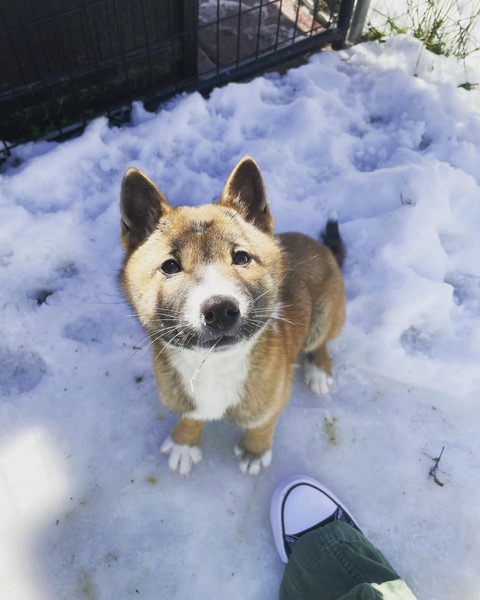
We know this isn’t our typical content, but we hope you enjoy following our new friend, Kora, and learning about these unique dogs. Even if you only use the information to impress your friends or win your next local trivia night!
What is a New Guinea Singing Dog?
The New Guinea Singing Dog (Canis lupus dingo) is a rare canine found only in the highlands of Papua New Guinea. The outside world only discovered them in the 1950s. After their discovery, four dogs were taken to the Taronga Zoo in Australia to learn more about them. Since then, we have only seen a few wild singers. Until recently, those who studied the species thought it was possible that they no longer existed in the wild.
Studying these unique animals has allowed researchers to discover that they are an ancestor of the Australian Dingo (Canis Dingo). Those who study new guinea singing dogs believe that a small to medium-sized social group crossed the land bridge between Papua New Guinea and Queensland, Australia. These dogs eventually evolved into Dingoes. Singers only weigh about 20 pounds, and they are double-jointed. Their bodies allow them to climb trees and move swiftly through the mountains and forests of Papua New Guinea’s highlands. Their size and hunting abilities make them one of New Guinea’s most dangerous apex predators.
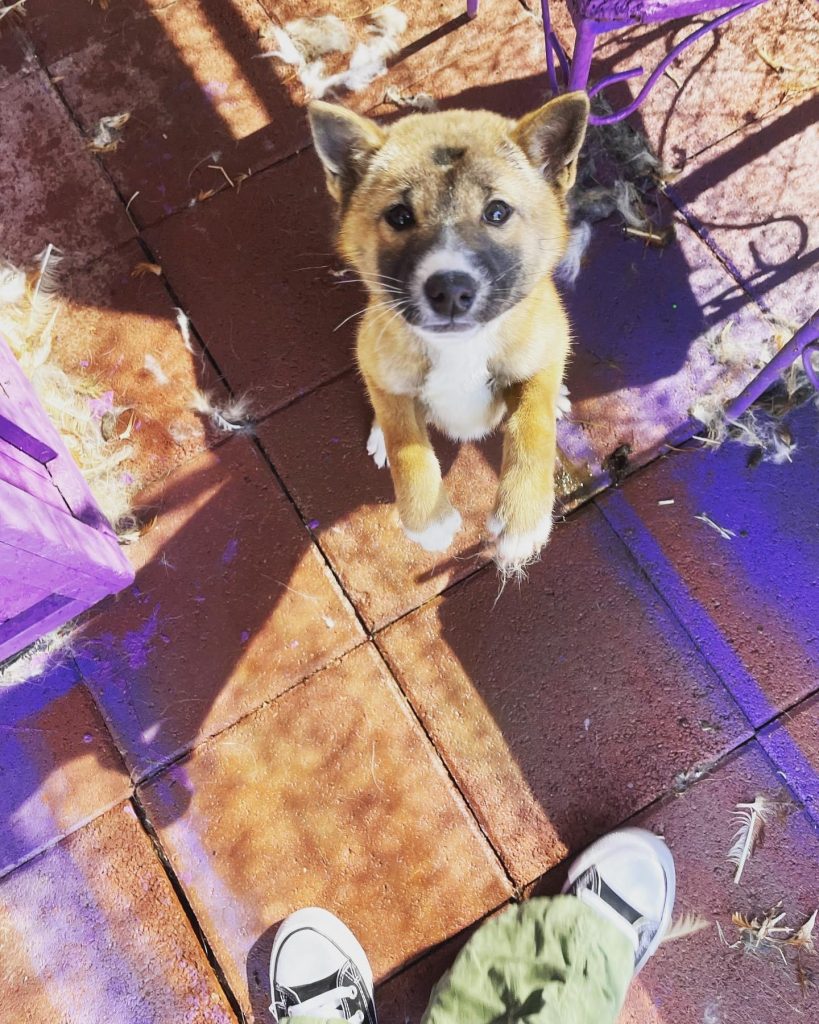
Singers get their name because of their unique communication style; rather than bark, these dogs sing. Each dog has their own unique “voice,” and the dogs can harmonize when talking to each other. They can also change the pitch and octave of their voice in an oscillating pattern.
Today, there are about 250 in captivity. All likely descended from the original four taken to the Australian Zoo in the 50s. We are unsure how many are still living in the wild. Still, thankfully, Kora and Wizard of Paws Wildlife Education & Conservation Inc. can help us learn more about them.

Get to Know Kora Nakako
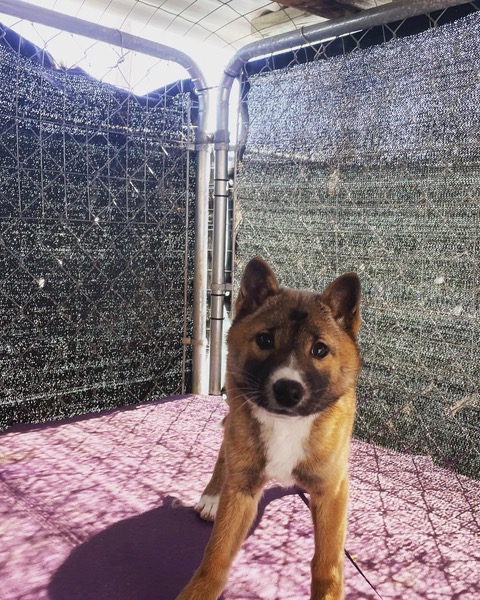
Meet Kora Nakako, or Kora for short. She is a female New Guinea Singing Dog. Kora came to Wizard of Paws Wildlife Education & Conservation Inc. as a puppy in 2020. She has grown up around foxes and loves to play with them—something most singers wouldn’t do. But it’s not just the foxes; Kora is super playful and gets along great with all the animals at the sanctuary. Sometimes her instincts come out, and she tends to have a mind of her own, leading to her destroying puppy pads and making beds with the remains. Kora Nakako loves to eat and is an avid treat tester like your typical household dog. Her high-pitched singing voice stands out in the sanctuary, and she’s not afraid to let you hear it.
We are excited to see what Kora is up to, and we will post periodic updates about her silly shenanigans.
What do Singing Dogs Eat?
Since our main interest here at Singing Dog Vanilla is food, it’s only fitting that we talk about the diet of these dogs. Although they don’t have to follow an allergy-friendly or gluten-free diet like many of us, they need to eat specific foods to maintain a healthy diet.
We spoke with the animal nutritionist at Wizard of Paws Wildlife Education Inc to see what goes into feeding Kora and the rest of the dogs at the shelter. Tyler has over 15 years of dietary experience and has read tons of information about singers. However, there is still very little that westerners know about these dogs so the information may change, but with that in mind, let us dive in.
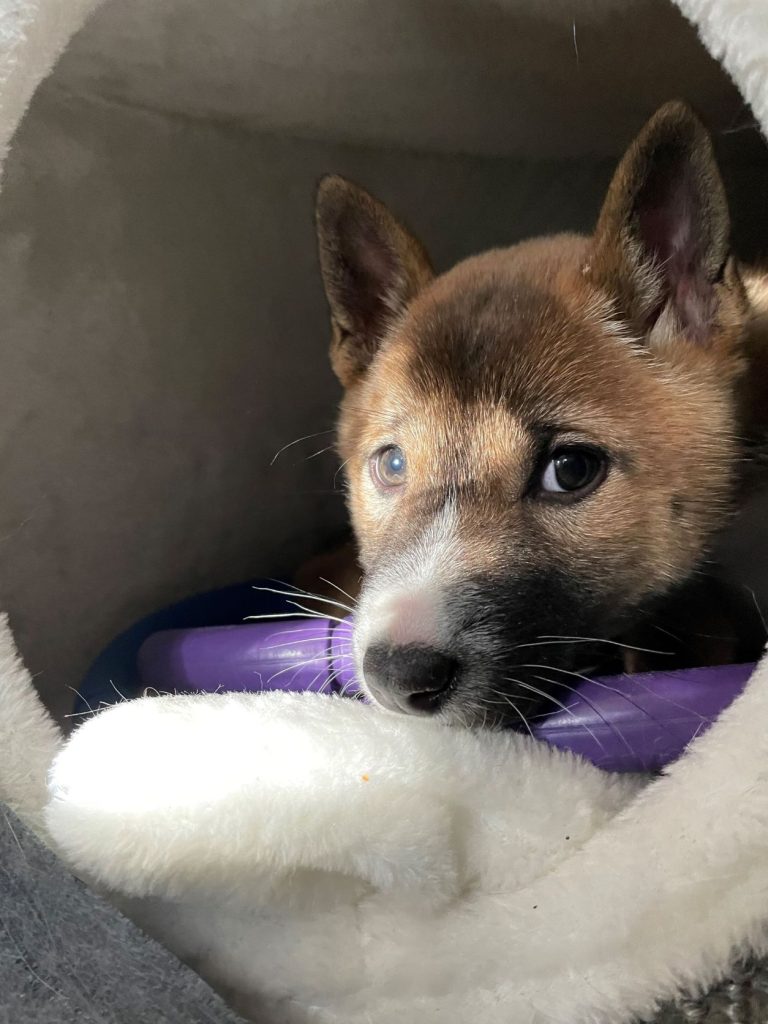
What Goes into a Singing Dog’s Diet?
New Guinea Singing Dogs are a primitive bread. Unlike domestic dogs, wolves, coyotes, and foxes, singers and the dingo never evolved the gene to scavenge for food. Most breeds of dogs have formed a deep coexistence with humans. This relationship has led to dogs being given scraps of food or eating abandoned food they found. It has also led to decreased hunting skills and the ability to digest almost anything.
Tyler believes modern dogs could survive on a vegetarian diet with close supervision. He mentioned this because singers require a species-specific diet known as a whole prey model, similar to modern-day cats. This diet means that the animal catches its prey and eats the entire thing, including the meat, bones, and organs. This diet provides the New Guinea Singing Dog with all the energy, vitamins, and calcium they need to survive and thrive. Singers do interact with the people of Papua New Guinea. Still, unlike dogs in western societies, the people of PNG see these dogs as a representation of their ancestors and let the dogs be in the wild. On rare occasions, humans give singers food, but it is only meat.
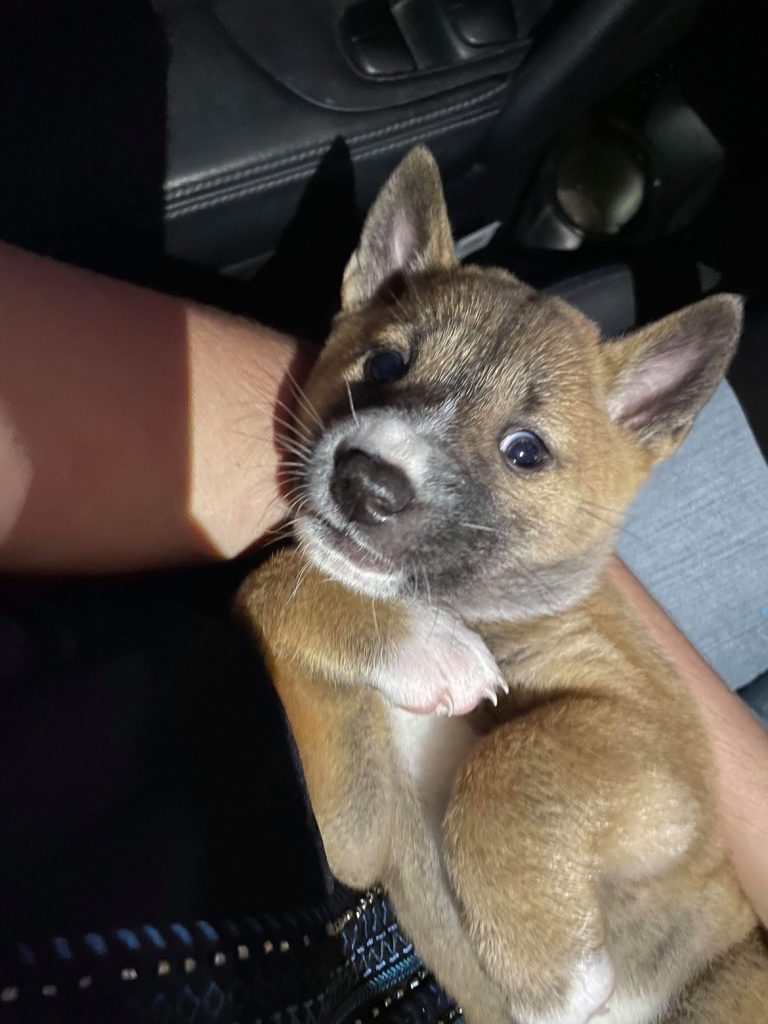
Their voice makes singers very unique, but another remarkable thing about them is their teeth. Just like regular dogs, they have sharp canine teeth for ripping and tearing meat. However, their back teeth are much flatter, and they use these to crush bone. These teeth are called carnassial and are much stronger than other dogs’. This physical trait is another example of the modern dog evolving away from needing a whole prey diet.
What are the New Guinea Singing Dogs Fed at Wizard of Paws Wildlife Education?
We still don’t exactly know what animal singers eat in the wild. We know that singers are the largest apex land predator in Papua New Guinea. The largest apex predator is impressive because crocodiles and cassowaries live in PNG, and singers are only about 30 pounds. The most likely animals that singers hunt are chickens, rabbits, rats, hamsters, cuscus, and any other bird, lizard, or mammal smaller than them. At Wizard of Paws Wildlife Education Inc., Kora and her singing friends typically feast on chicken, beaver, and muskrat; they especially love salmon. We don’t know if they would eat salmon in the wild, but Tyler assumes that if they can catch it, they would eat it. Based on observing Kora and the other dogs’ behavior, Tyler believes singing dogs would try to eat something twice their size.
What is Wizard of Paws Wildlife Education & Conservation Inc.?
Wizard of Paws Wildlife Education & Conservation Inc. is a female veteran-owned 501c3 nonprofit wildlife sanctuary & conservation center in the Indianapolis area. Its mission is to care for captive-bred, exotic, and wild animals bred and sold as pets in the exotic pet trade. Then they educate those in the community about them. Eventually, they plan to do a conservation breeding program and scientific studies based on these beautiful canids’ genetics. They can study their behavior when they expand and move to their new location to help keep this species alive. The money they receive from donations, sponsors, and sales go directly to maintaining the sanctuary and caring for the animals. They have a dedicated team of animal lovers that work hard to ensure that the animals are happy and safe.
Kora is one of four singers at the sanctuary, including her friends Toa Jean, Kovu Quasimodo, and Koga Taine. When the four singers start singing and harmonizing, it can be beautiful but somewhat haunting—at least until the coyotes try to join in on the singing. In addition to these singers, they also are home to foxes, ferrets, and many other exotic species.
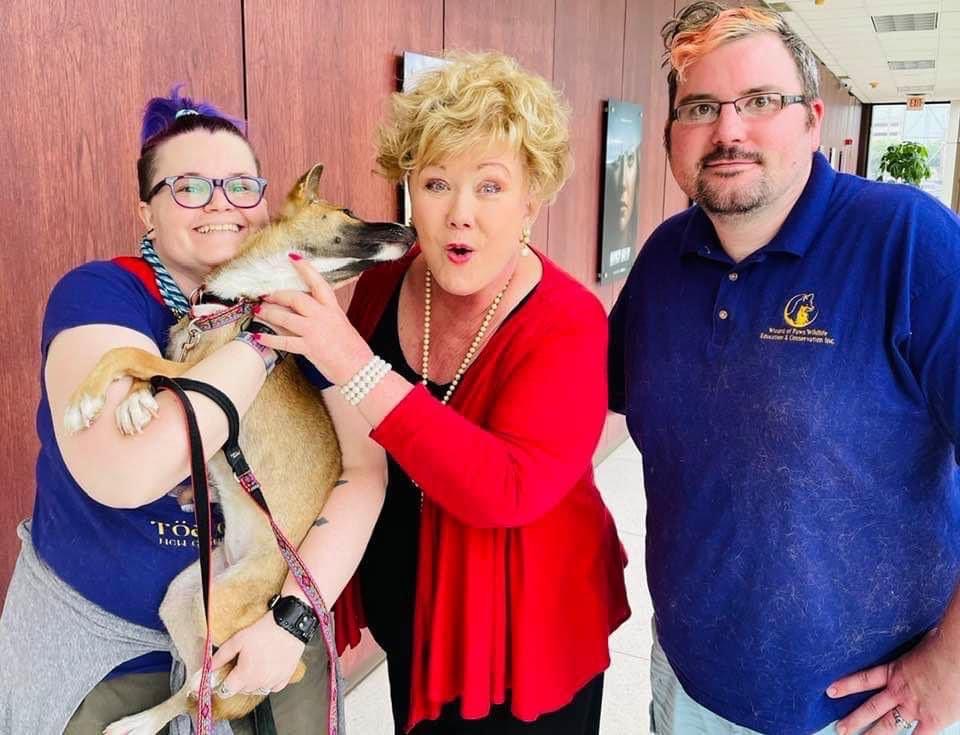
We hope you visit their website and follow them on social media to keep up with their animals and all the fantastic things they do.
Follow us as we learn about The New Guinea Singing Dogs.
Follow along as we learn more about The New Guinea Singing Dog and our new friend, Kora. If there is anything that you would like to know about these rare canines or Kora, then leave a comment below, and we will answer your questions in our next update!

